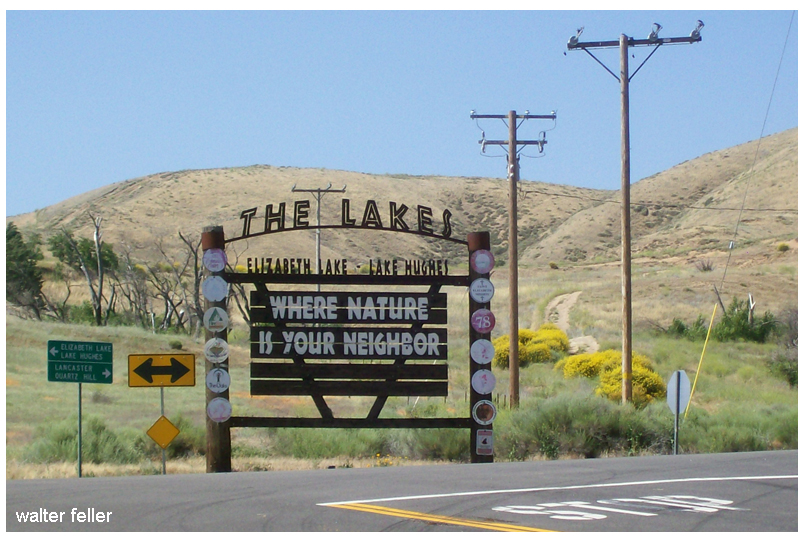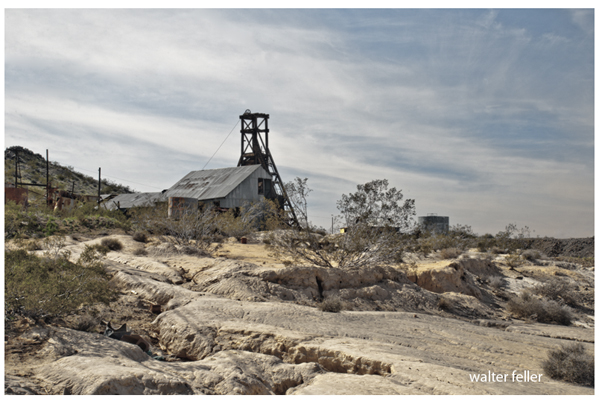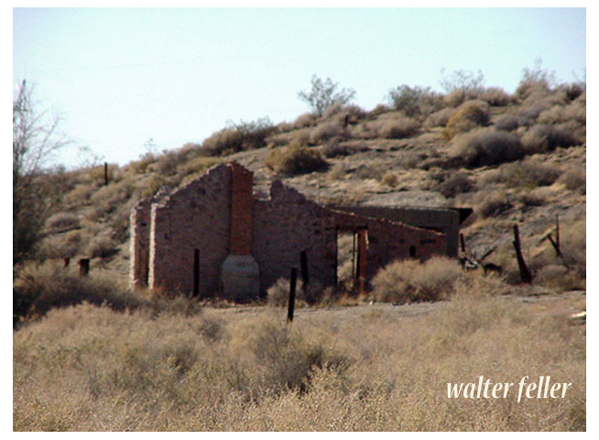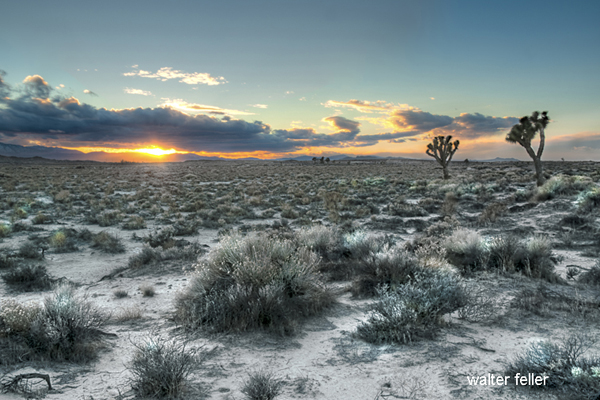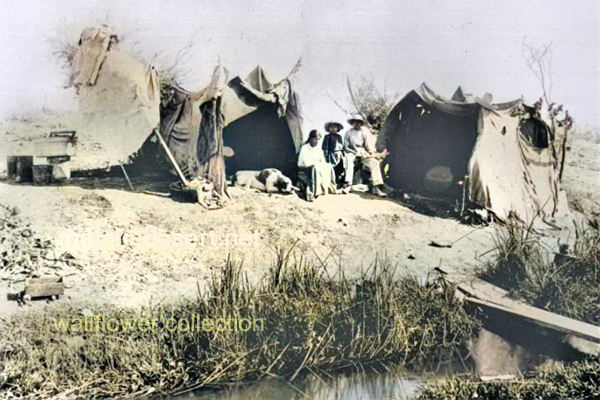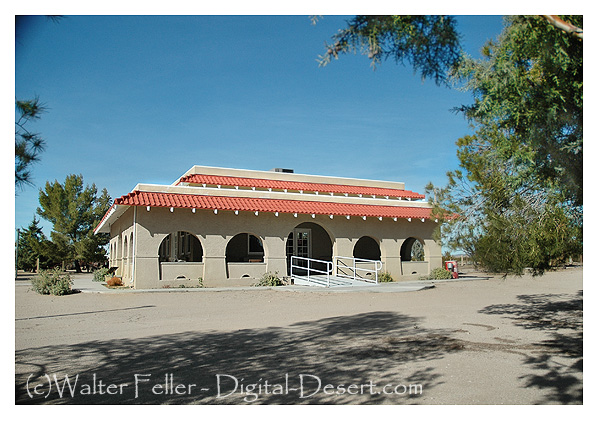Newberry Springs, California, is a small but historically notable town some 20 miles east-southeast of Barstow along the iconic Route 66. Its history is tied to the spread of the railroad, the journey of early migrants, and the precious water resources of the Mojave Desert.
The region initially became well-known when the Southern Pacific Railroad laid railway tracks through the area in 1883. The Watson post office was established at the point of railroad work on February 19 that year and was named for the initial postmaster, Josiah Watson. The post office did not last long, however, closing by July of the same year. The railway, in the meantime, had named its stop Newberry; so when the Watson post office was discontinued, this name de facto became the community’s accepted name. Throughout the years, the region underwent several renaming: in 1899, the post office briefly reopened as Newberry before it was closed afterward; in 1911, it was renamed Wagner in tribute to local resident and grocer Madge Wagner; and in 1919, it was once more renamed as Water, highlighting the great volumes of water—estimates are placed somewhere between 300,000 to 600,000 gallons daily—pumped out of the region for use by the Santa Fe Railroad. Later, in 1967, the name was formally altered to Newberry Springs.
The derivation of “Newberry” is contested. In a local myth, two Newberry brothers lived near the springs, one of whom died in a conflict over water rights. However, a more historically grounded theory suggests the area was named after Dr. J.S. Newberry, a physician on the 1857 expedition of Lt. Joseph C. Ives. Regardless of its actual origins, the name has remained, cementing Newberry Springs’ place in Mojave Desert history.
Newberry Springs has historically been appreciated for its reliable springs, which were important water sources for the early wagon trains and eventually the Santa Fe Railroad. Beyond its transport and water supply historical significance, Newberry Springs has also become well known for artificial ponds, utilized by sporting enthusiasts recreationally, and agricultural promise. The fertile ground in the area makes possible the growing of crops, fruit trees, and cattle ranching, demonstrating versatility beyond its previous transport role.
Another recognizable landmark in Newberry Springs is the Cliff House, situated on the historic Route 66. Though information on the Cliff House is scarce, it serves as a representation of the town’s significance at the peak of American automobile travel. Route 66, nicknamed the “Mother Road,” simplified travel from the Midwest to the West Coast, and Newberry Springs still has vestiges of the period. Vintage motels, service stations, and restaurants still dot the landscape, providing travelers with a glimpse of the roadside culture of the mid-20th century.
Along with its historical significance in transportation and farming, Newberry Springs also holds important archaeological significance. The nearby Newberry Cave is a prominent prehistoric site, containing carefully preserved rock art and artifacts that provide insightful knowledge about the area’s early inhabitants. Additionally, the natural features of the area, including volcanic formations and Troy Lake, contribute to its geological and ecological value.
Newberry Springs is a community that has been defined significantly by its history, geography, and the perpetual issue of water scarcity in the Mojave Desert. Evolving as a railroad stop and developing through the heyday of Route 66 and subsequent developments, this desert town is a fascinating piece of California’s extensive and rich history.

